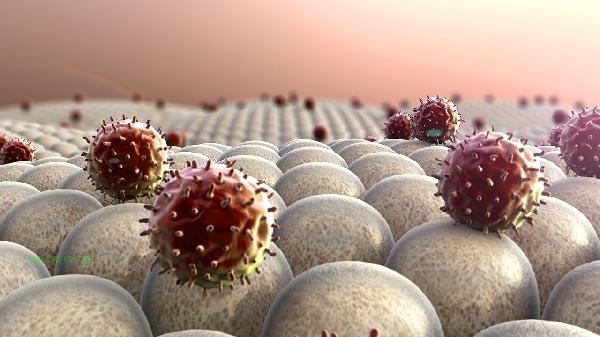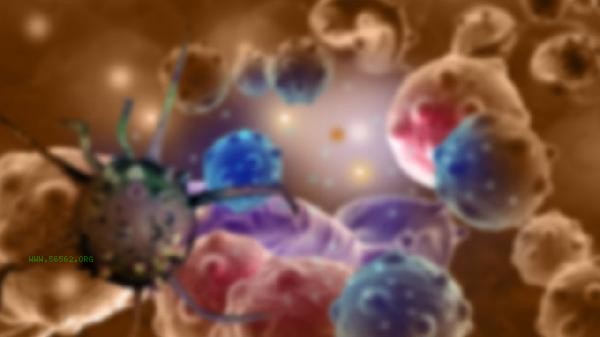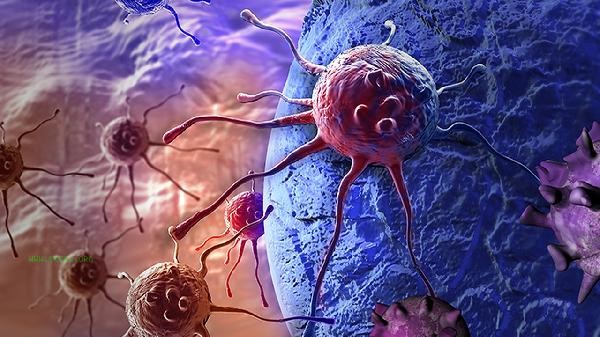Elevated eosinophils usually indicate allergic reactions, parasitic infections, autoimmune diseases, hematological disorders, or drug reactions. The main influencing factors include allergic rhinitis, roundworm infection, rheumatoid arthritis, chronic myeloid leukemia, and drug stimulation such as penicillin.

1. Allergic reactions:
Allergic rhinitis, asthma, or food allergies can cause an increase in eosinophils. In such cases, the immune system releases substances such as histamine to stimulate the excessive production of eosinophils in the bone marrow. Typical manifestations include itching, sneezing, or wheezing of the skin, and a blood routine examination shows an eosinophil count exceeding 5%. After being released from allergens, the values can gradually return to normal.
2. Parasitic infection:
Intestinal parasitic infections such as roundworms and hookworms are common causes. Parasitic surface proteins stimulate the body to produce immune responses, leading to eosinophilia. The patient may experience abdominal pain, diarrhea, or malnutrition, which can be confirmed by fecal egg testing. Deworming treatments such as albendazole can effectively reduce indicators.
3. Autoimmune diseases:

Rheumatoid arthritis, systemic lupus erythematosus, and other diseases are accompanied by immune disorders. Abnormal activation of T lymphocytes secretes interleukin-5, which continuously stimulates eosinophil proliferation. In addition to joint swelling and pain, these patients often have persistent absolute values of eosinophils greater than 0.5 × 10 ⁹/L.
4. Hematological disorders:
Chronic myeloid leukemia, eosinophilia syndrome, etc. can directly lead to abnormal bone marrow proliferation. Peripheral blood smears of leukemia patients show immature granulocytes, and genetic testing reveals the BCR-ABL fusion gene. This type of situation requires bone marrow puncture for clear classification, and targeted drug therapy may be used if necessary.
5. Drug reactions:
Penicillin and cephalosporin antibiotics may induce drug hypersensitivity reactions. The drug hapten binds with plasma proteins to form a complete antigen, which stimulates eosinophils to release alkaline proteins. Usually, a rash with elevated eosinophils appears 1-2 weeks after medication, and gradually recovers 2-4 weeks after discontinuation. When persistent high levels of eosinophils are found, it is recommended to improve allergen screening, parasite testing, and immune indicator testing. Daily exposure to known allergens should be avoided, dietary hygiene should be maintained, and drugs that may trigger allergies should be used with caution. For individuals infected with parasites, family members should undergo simultaneous examinations; Patients with autoimmune diseases need to regularly monitor inflammatory indicators; Individuals with hematological abnormalities should follow medical advice for standardized treatment and have their blood routine rechecked. Moderate supplementation of vitamin C and probiotics can help regulate immune function, but it is necessary to cooperate with the main treatment plan under the guidance of a doctor.









Comments (0)
Leave a Comment
No comments yet
Be the first to share your thoughts!